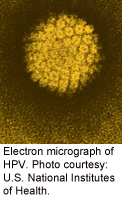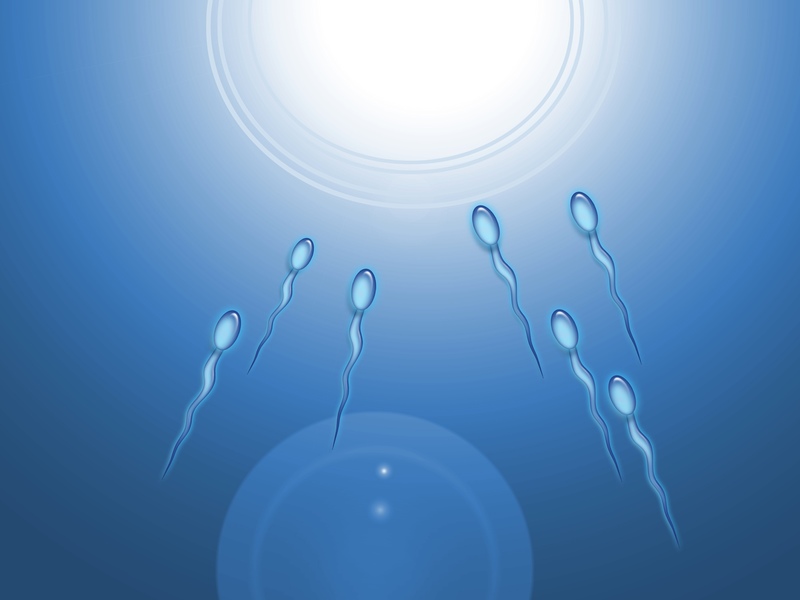
THURSDAY, Dec. 13 (HealthDay News) — Many older women infected with the human papillomavirus (HPV) in their youth may not “clear” it from the body as completely as once thought, a new study suggests.
The research hints that HPV infection in older women is often the reactivation of a strain picked up years ago, rather than a newly acquired sexually transmitted infection.
The study authors also found that HPV may be difficult to detect in the body more than one to two years after the initial infection.
“Women who fail to ‘clear’ [HPV] infections are known to be at high risk for cervical cancer, but what are the true long-term risks for the vast majority of women who appear to clear their initial infection? The current study addresses what does ‘clearance’ really mean,” said Dr. Rhoda Sperling, professor of obstetrics, gynecology and reproductive science at the Mount Sinai School of Medicine in New York City. She was not connected to the new study.
The findings were published online Dec. 13 in The Journal of Infectious Diseases.
HPV can cause genital warts and is also thought to be a major cause of cancers of the cervix, vulva, vagina and anus in women.
This study included about 850 women, aged 35 to 60, in Baltimore who underwent routine cervical cancer screening from 2008 to 2011. HPV infection was more common among women who reported a new sexual partner within six months prior to the study, but the authors pointed out that these women accounted for only 3 percent of the participants.
Nearly 90 percent of HPV infections were detected in women who had more than one lifetime sexual partner, and 77 percent were detected in women who had five or more sexual partners in their lifetime, the study authors noted.
According to the researchers, the findings suggest that women who became sexually active during and after the sexual revolution of the 1960s and 1970s have a much higher risk of HPV infection than women who became sexually active prior to 1965. That’s because women who became sexually active during the sexual revolution likely had more sexual partners during their lifetime.
“Taken together, our data raise the possibility that reactivation risk may increase around age 50 years and contribute to a larger fraction of HPV detection at older ages, compared with new acquisition,” wrote the team led by Patti Gravitt, of Johns Hopkins Bloomberg School of Public Health and Perdana University Graduate School of Medicine in Malaysia.
The findings highlight the need for further research to learn more about HPV infections and the role of HPV persistence and reactivation, particularly in women of the baby boomer generation, the researchers said.
For her part, Sperling agreed that “given how common HPV infections are, the issues raised by this research demand further attention.”
Sperling noted that, “after an acute [HPV] infection, there is a period of very active viral replication, which is easily detected by [lab tests]. In most women, within two to three years, this active viral infection ‘clears’ and the virus is no longer detected.”
But the new study questions the notion of “clearance,” Sperling said. “Is the infection completely ‘gone’ or are there still a small number of viruses that remain which may not be actively replicating but still pose a small risk for future reactivation? This issue will only be sorted out by well-designed long-term follow-up studies.”
Another expert agreed.
“As we continue to test for and study this virus, its effects and natural behavior will be further clarified,” said Dr. Elizabeth Poynor, gynecologic oncologist and pelvic surgeon at Lenox Hill Hospital in New York City. “It is important to understand that finding HPV on a Pap smear in older women may be a reactivation of a previous infection. This has implications for not only relationship issues, but also for cervical cancer screening.”
The study’s authors also called for long-term follow-up of women with high levels of exposure to HPV who will go through menopause in the next decade. This is needed to accurately estimate the potential risk of postmenopausal cervical cancer among U.S. women baby boomers and to develop prevention strategies, they said.
More information
The U.S. Centers for Disease Control and Prevention has more about human papillomavirus.

